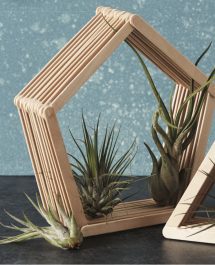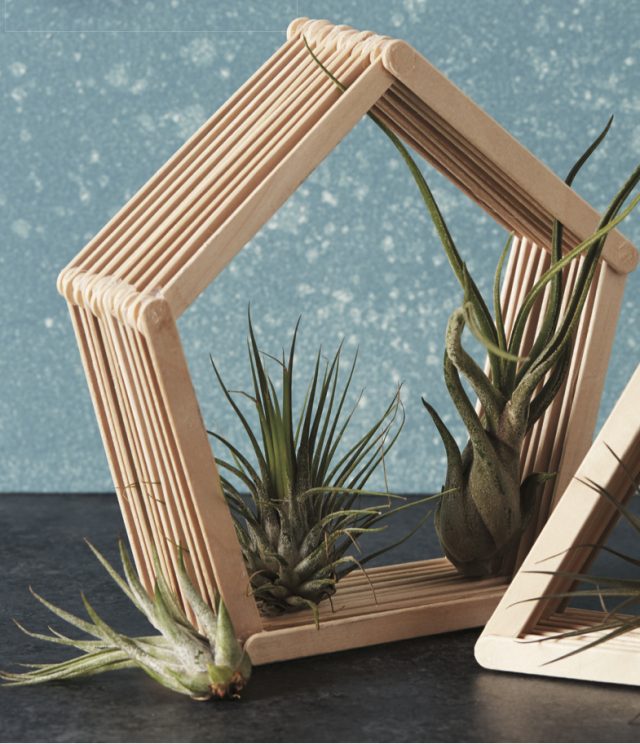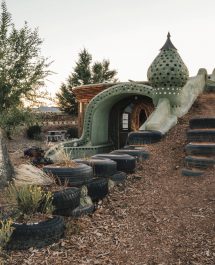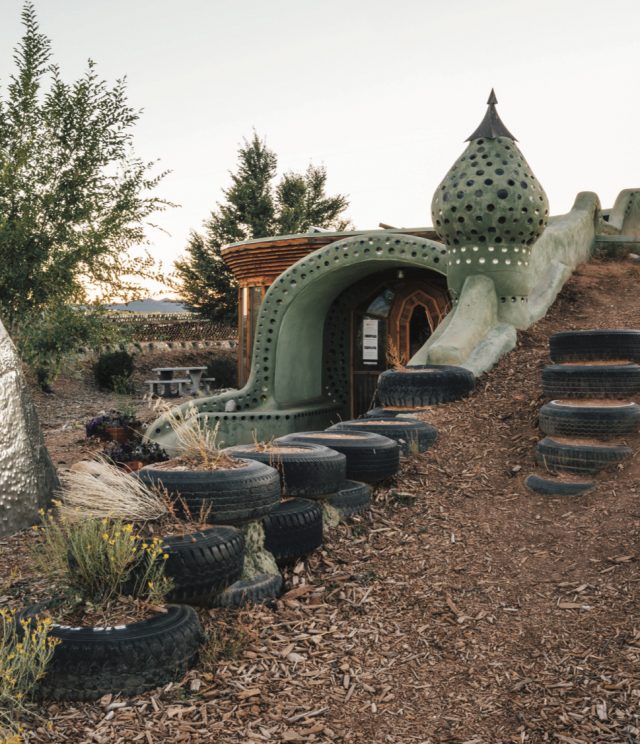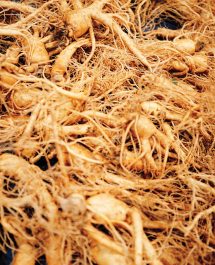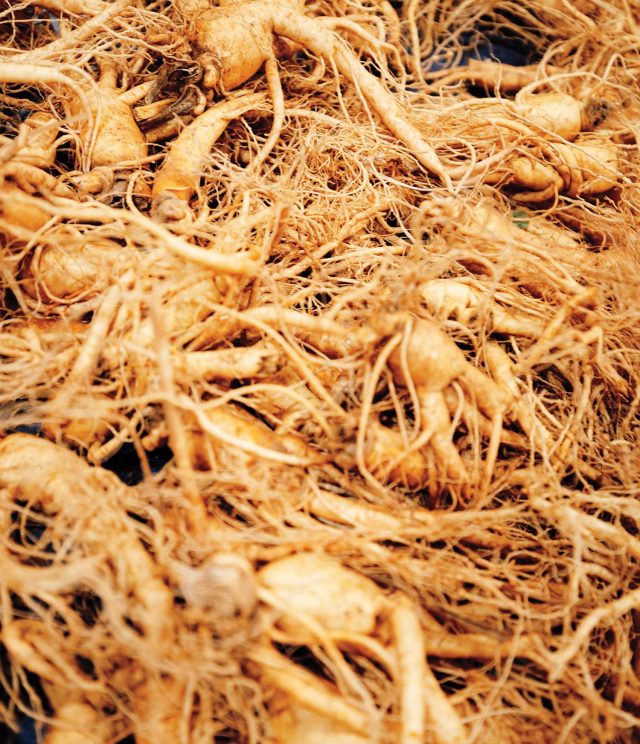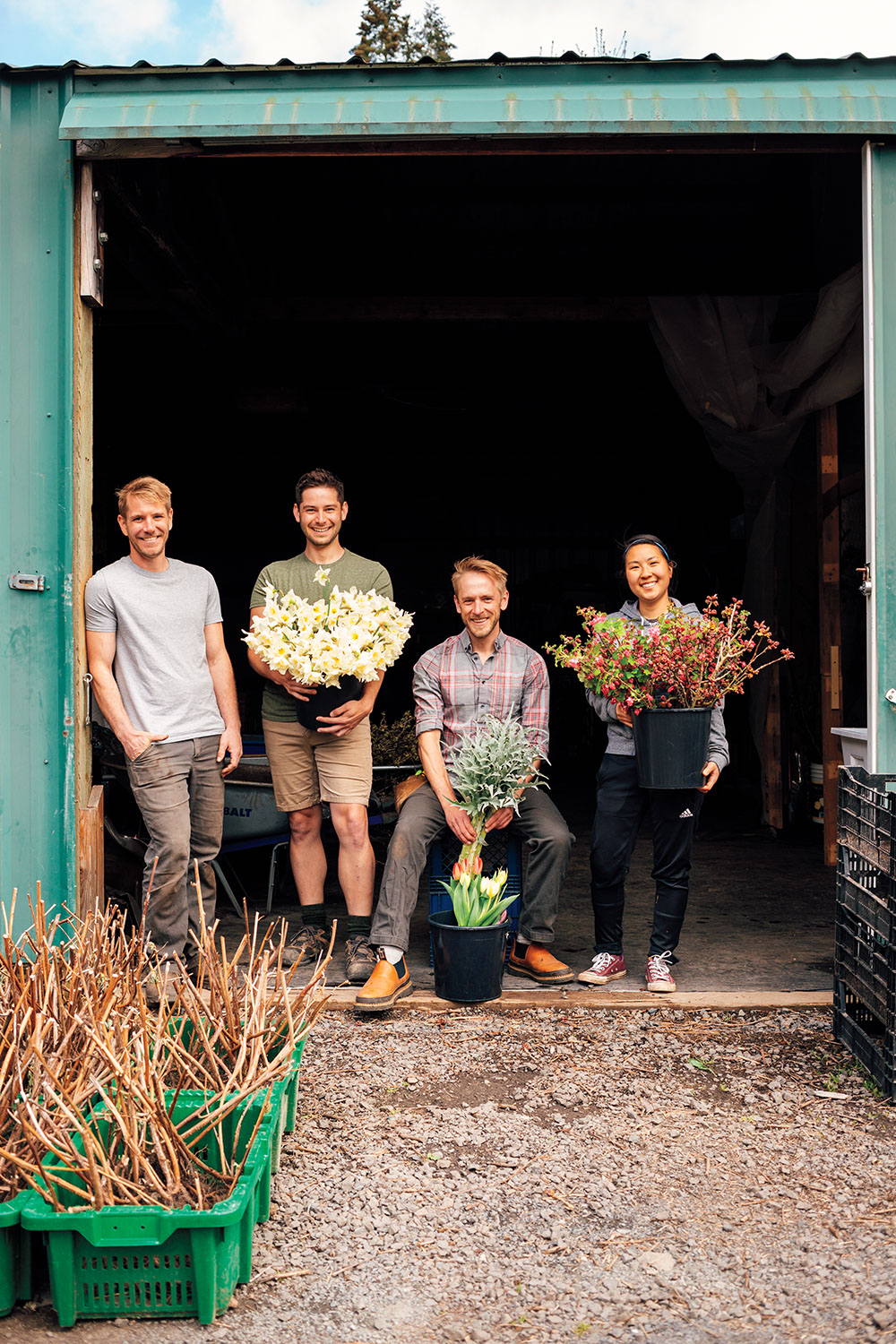 Partners (left to right) John Peterson, Zachary Goff, and Jeremi Carroll direct a small team including Madoka Watanabe to coax beautiful blooms from a former pasture in Oregon’s wine country.
Partners (left to right) John Peterson, Zachary Goff, and Jeremi Carroll direct a small team including Madoka Watanabe to coax beautiful blooms from a former pasture in Oregon’s wine country. BY JEANNE O’BRIEN COFFEY ✷ PHOTOGRAPHS BY JONAS JUNGBLUT
John Peterson and his husband Jeremi Carroll arrived at their newly purchased
2.5-acre farm in the heart of Oregon’s Yamhill wine country with a single shovel between them and a Pinterest-inspired idea to build raised beds from straw bales. Their plan: to become farmers.
After hauling hay and compost for days, and filling their bed with plants, a fungal infection wiped out everything. Lesson one: “Maybe don’t get gardening tips from Pinterest,” Carroll says with a laugh.
Nearly a decade—and a few other fails later—the couple has built Pollinate Flowers in Newberg into a thriving business with partner Zachary Goff, who manages marketing and their shop, selling seasonal bouquets to local wineries and flower lovers.
These are not your typical arrangements. Carroll, the designer, draws from more than 1,000 species growing in their half-acre production bed and throughout the property, including shrubs, herbs, and Pacific Northwest native plants. “We’re trying to do something extremely different,” says Carroll, noting that they use only seasonal blooms and no chemical fertilizers or pesticides—not even organic ones. “There’s a long negative effect of the flower industry that we’re trying to challenge.”
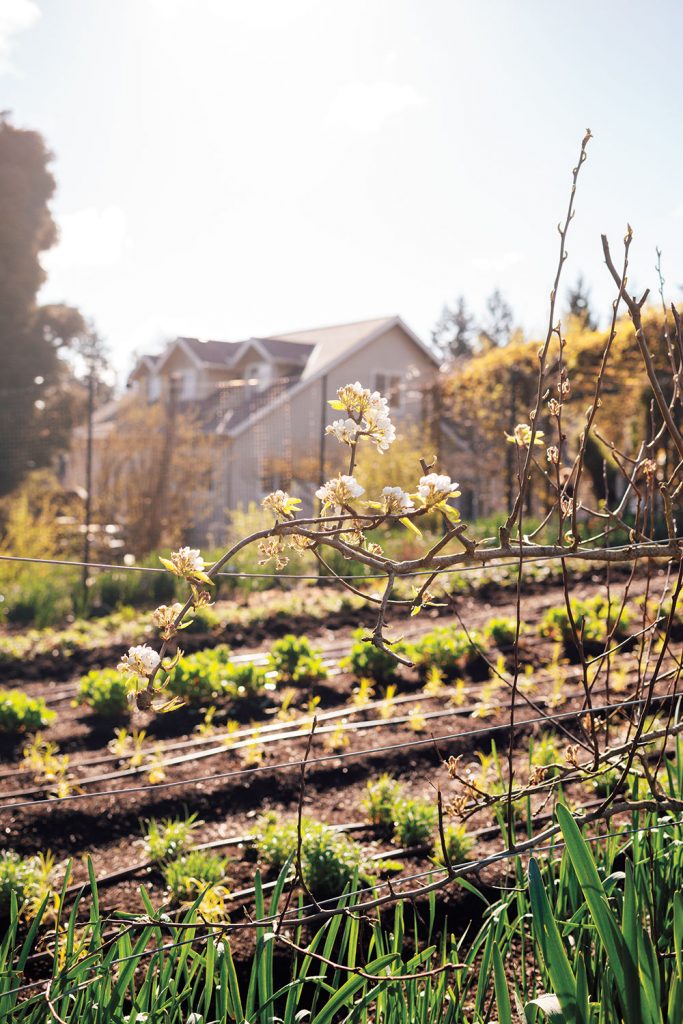
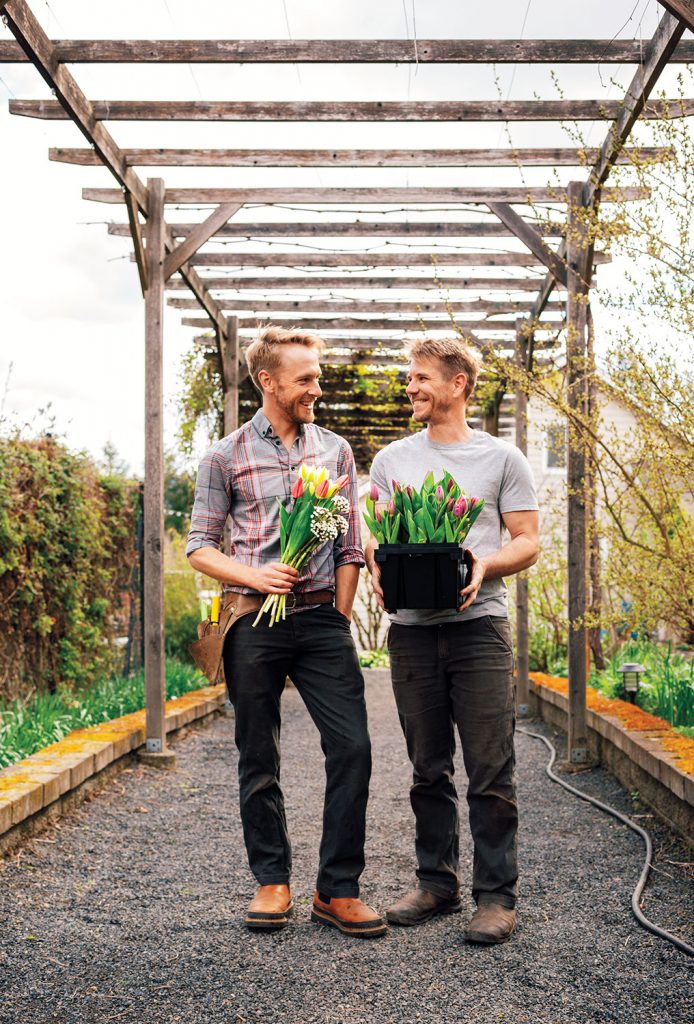
The flower business isn’t always pretty. Some 80 percent of arrangements in the United States are imported from vast monocultures—hundreds upon hundreds of acres of tulips and roses, coaxed into bloom by a remarkable array of fertilizers, pesticides and fungicides. One study in Belgium found residue from an average of 37 different chemicals on the hands of florists, with some substances exceeding levels considered safe. “Then you send these flowers to your mom, and she sticks her face in them, and says, ‘Oh, these smell so good,’” notes Carroll, adding that many florists wear gloves in order to avoid getting toxic chemicals on their hands.
Rather than chemistry, Pollinate Flowers relies on seasonality and biodiversity—so you won’t get roses for Valentine’s Day, or tulips in August at their shop. Instead, you’ll get a unique mix of everything from blooms to herbs that Carroll likes to call Oregon-inspired. “Sometimes, we will see an arrangement on Instagram that is very beautiful, but we could never build it because they are using flowers from different seasons in the same arrangement,” he explains.
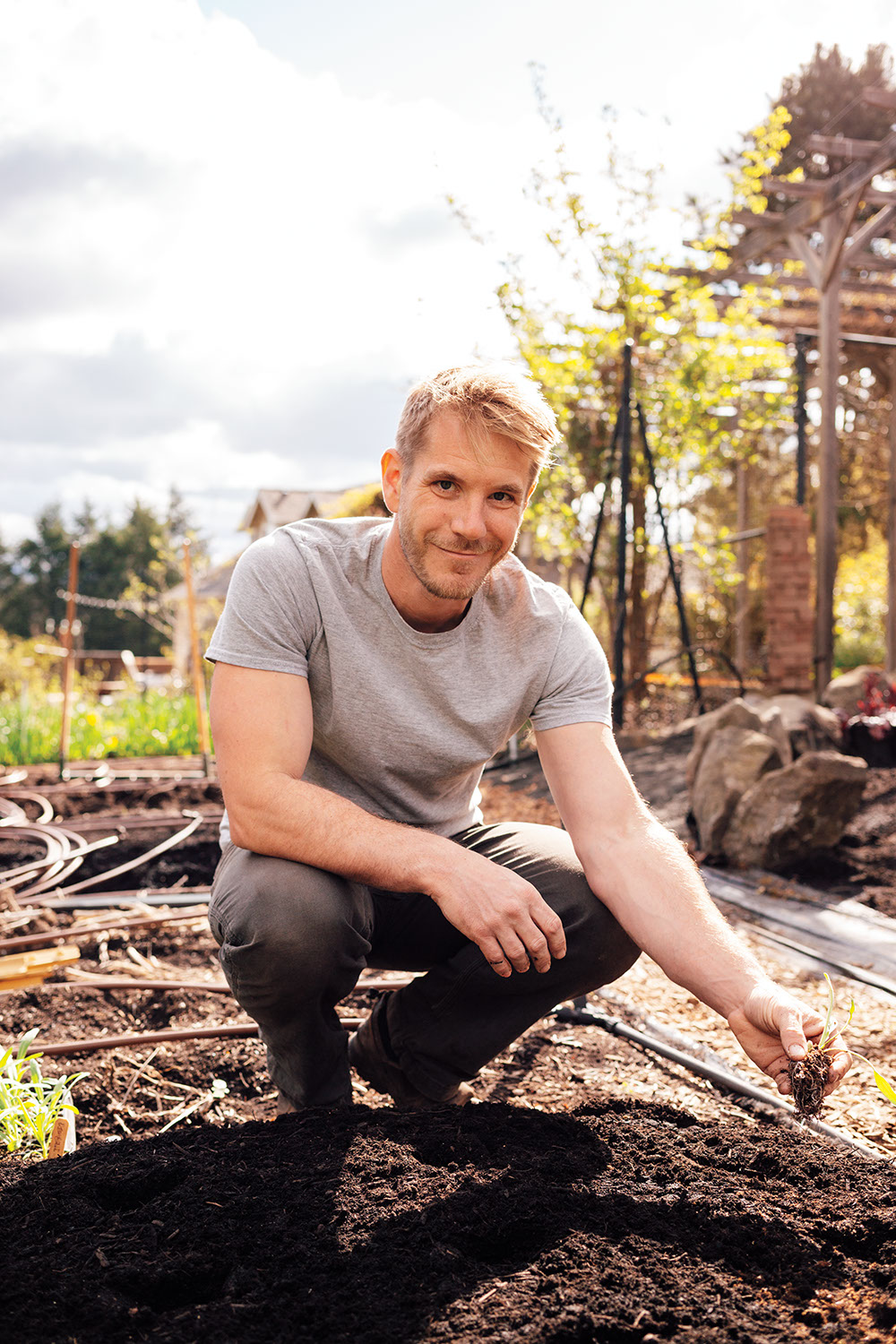
“You can have a pretty nice functioning ecosystem in a small space.”
Creating a verdant sanctuary for Carroll to cut from is the work of Peterson. He took over his mom’s home garden as a teenager then attended school for landscape design, but something about the accepted approach didn’t sit right with him. “Landscape design treats plants as a static thing,” he says. “You create a plan that looks good at some imaginary time period, but plants are always changing and growing. So, it didn’t make like a lot of sense to me.”
Before they moved to the farm, Peterson had already been experimenting with “permaculture,” a term coined in the 1970s to describe crafting gardens to mimic the way that plants create an ecosystem in nature, depending upon each other and beneficial insects and animals to thrive. “You can have a pretty nice functioning ecosystem in a small space, if you’re planting a diverse number of shrubs, trees, perennials, native plants, flowers and vegetables,” Peterson says. With lettuce next to flowers next to rosemary in very tight quarters, there was a big difference between the couple’s backyard and that of the neighboring row houses in Beaverton, Oregon where they lived before moving to the farm.
“You could see this lush paradise in our backyard and a virtually barren landscape on either side,” Carroll says. “Just that little 300-square-foot plot attracted so much life in the middle of nothing.” That observation cemented their devotion to permaculture—and when Peterson’s hobby had outgrown their suburban backyard, they decided to turn it into a business.

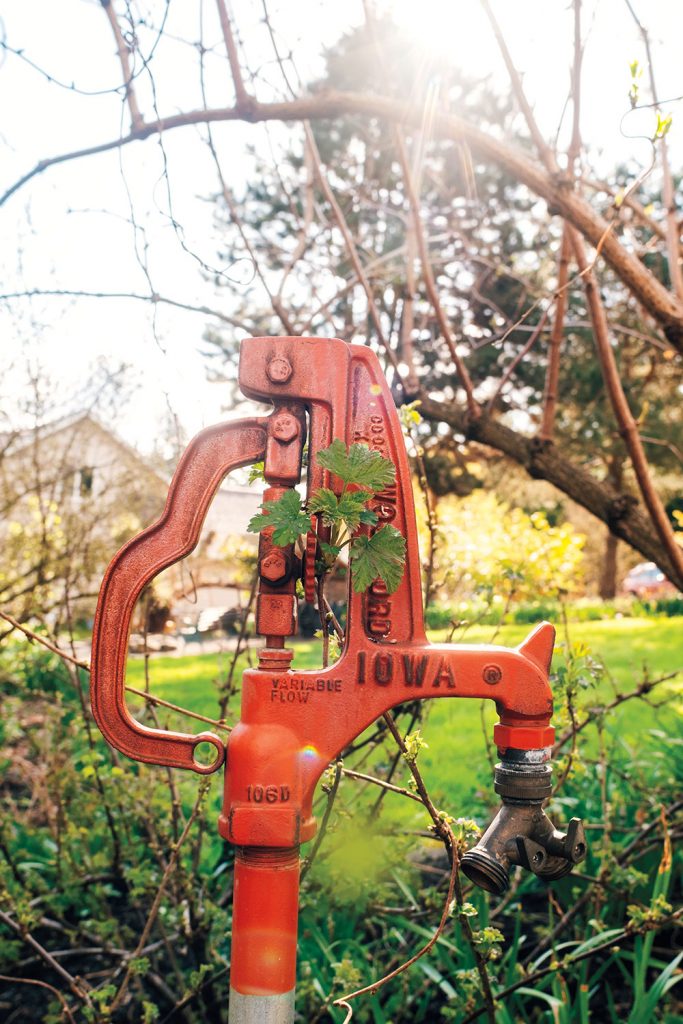

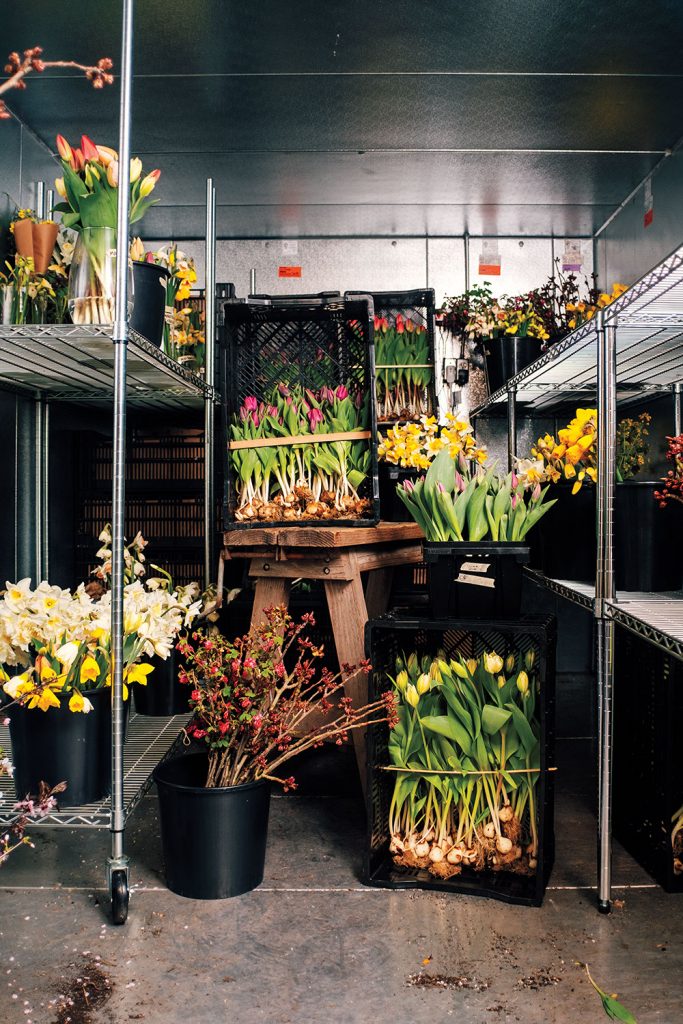
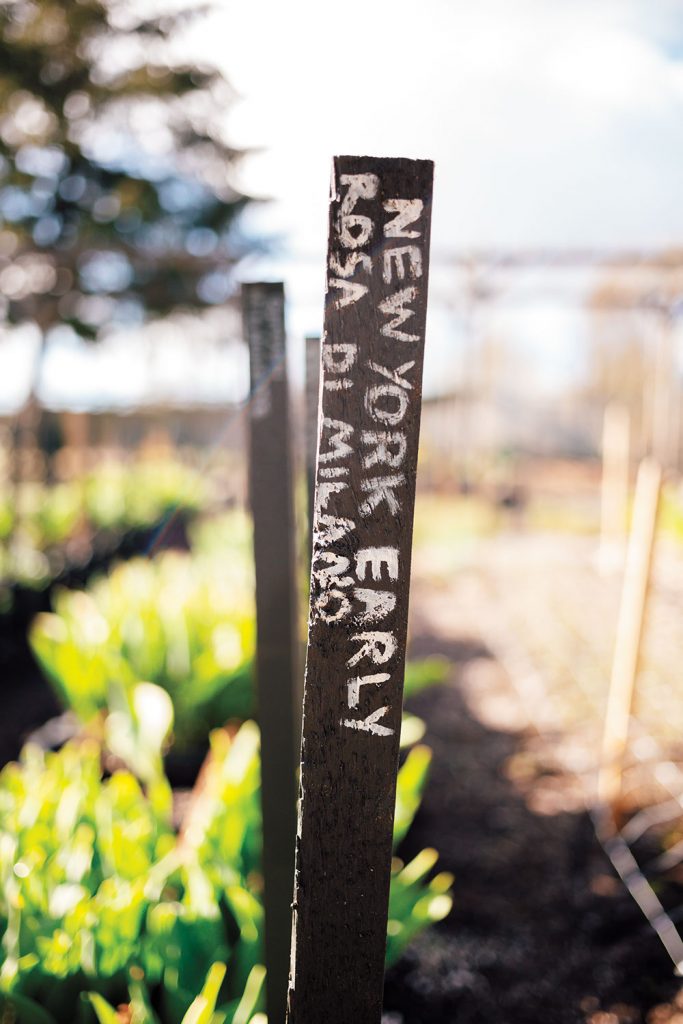
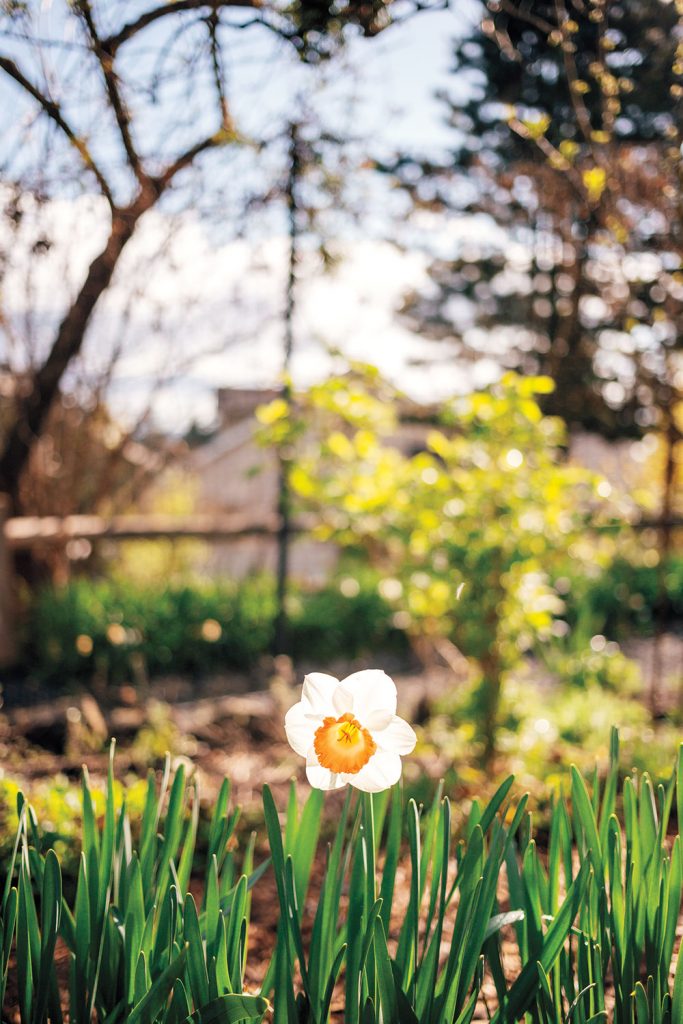
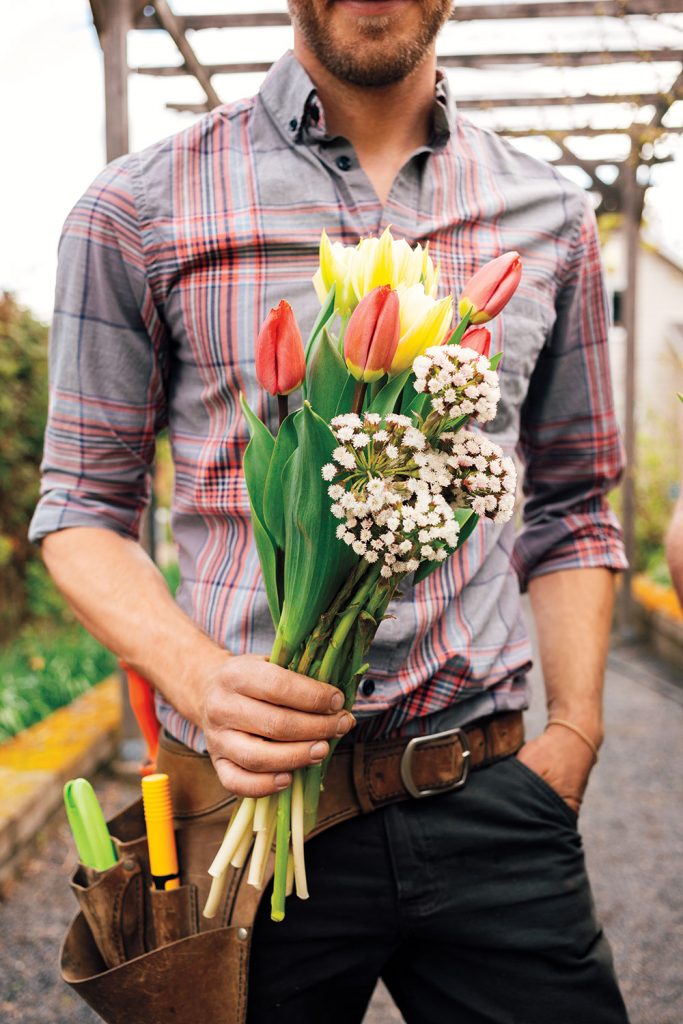
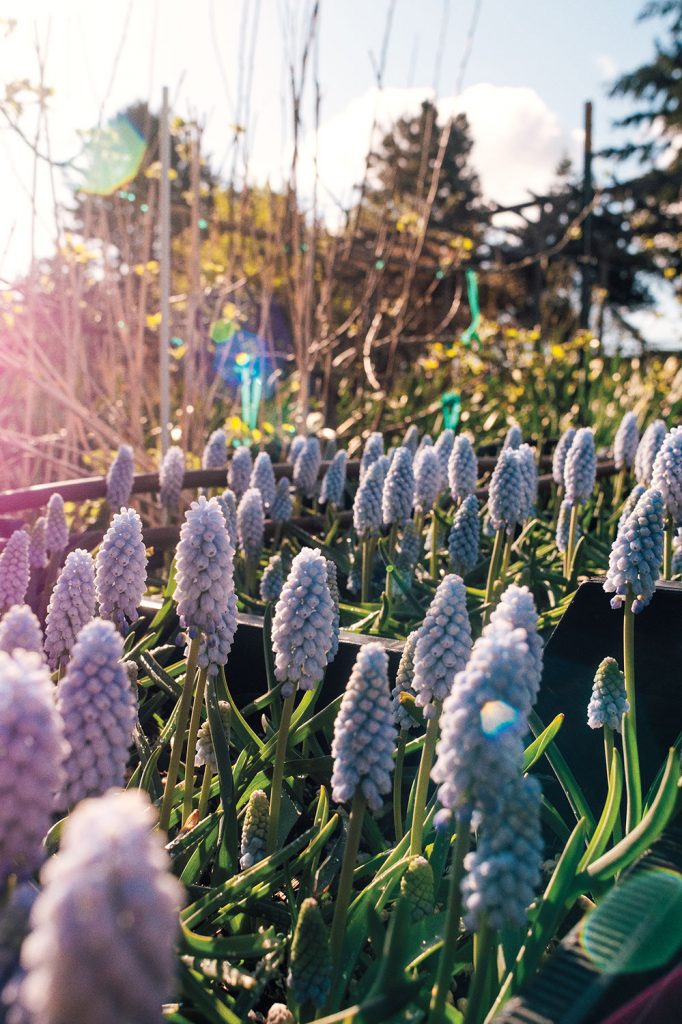
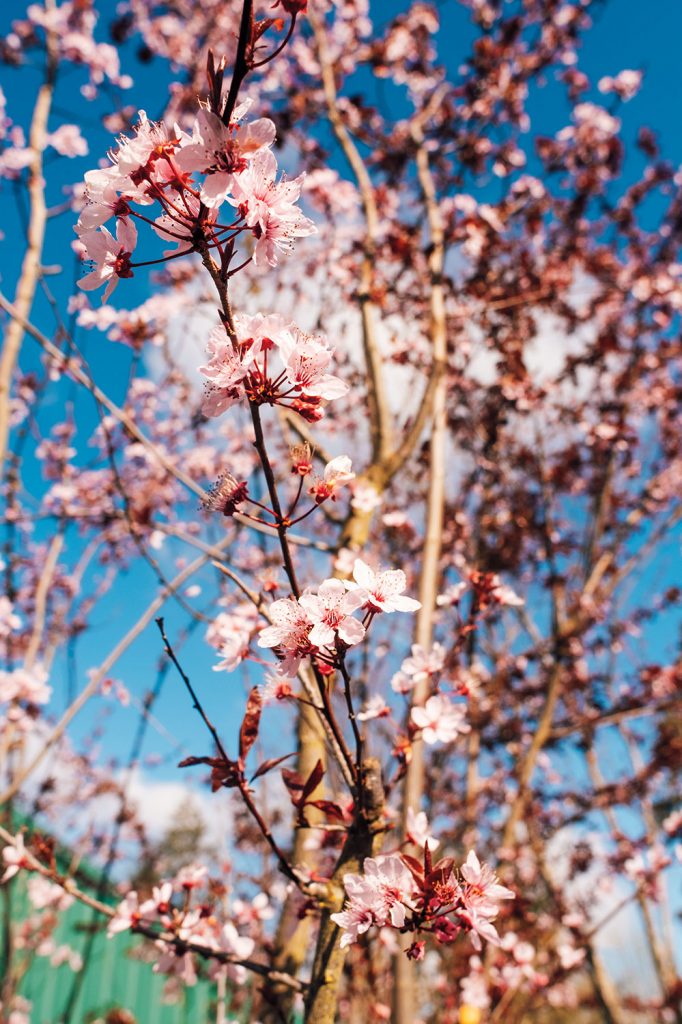
Successful gardening starts with the dirt, says Peterson. “A lot of people just think they can go to the nursery, pick out a beautiful plant, put it into the ground and it will just grow. Then they’re confused when dies,” he says. “It doesn’t have the nutrition that it needs in the soil, so that’s why it dies.” Soil testing can help home gardeners figure out what’s missing—a report can suggest amendments like calcium and phosphorus that can be mixed in to nourish it.
Commercial fertilizer might seem like a solution, but Peterson says it’s really part of the problem. It gives plants a burst of energy, but does nothing for the health of the soil, creating a cycle requiring more and more chemical fertilizer while killing the microbes in the soil. Providing the nutrients your soil is missing will slowly bring everything back into balance, Peterson explains.
“If you’re working on amending your soil, paying attention to it and building it, none of the effort or the energy is ever wasted,” Peterson says. “Every year, there’s this moment at the height of summer where I’m sitting out there and just looking at all these different plants and flying insects, and the health of the leaves and the flowers themselves. And I’m just like, wow.”
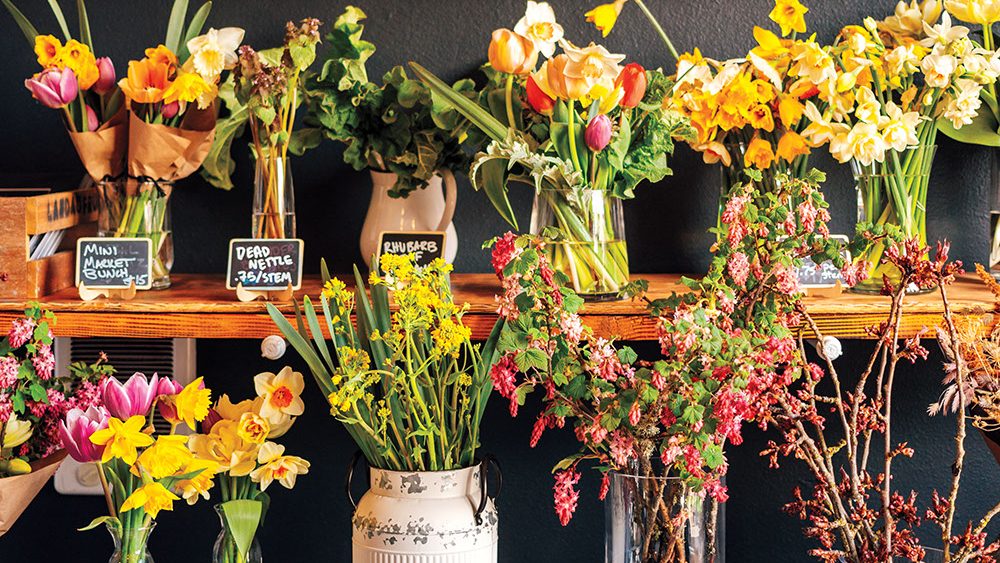
Flower Power
Build your own beautiful arrangements with these tips from florist Jeremi Carroll.
Forage off your property. Look around—anything from twigs to dandelions can contribute to a beautiful arrangement. Carroll likes to use raspberry greens—sometimes with green berries attached. If you’re lucky, those green berries will slowly turn red in your arrangement and you can eat them.
Make sure everything is clean, from your shears to your vase. Lingering bacteria can dramatically cut down on the life of your blooms. But skip the bleach—a good wash with dish soap is all you need.
Get creative with vases. An old watering can or a vintage tin are great vessels for flower arrangements. If they leak, place a glass or plastic container inside to hold water.
Harvest at the right time. If you’re picking flowers at home, cut in the morning, before the sun saps all the moisture from the stem. And for maximum vase life, pick when your blooms are mostly closed—just showing their first signs of color.
Use chicken wire. There is a lot of waste in the floral industry—and floral foam, those green bricks that hold water and keep flowers in place—is right up at the top. Carroll suggests creating a pillow of folded chicken wire to hold your stems, which offers the added advantage of making it easy to use a shallow dish or compote bowl, for a look he really loves. No chicken wire? Insert sturdy stems for your greens at an angle in your vessel, criss-crossing to create a grid to hold the flowers in the center.
For a different look, “reflex” your petals. Gently press your thumb on the back of a petal to pop it backwards, turning a small flower into a fully opened showpiece.

